
LOOKING AFTER THE LAWNS
You may already be into mowing, but if not, now’s the time to start! Hopefully, the mower has been serviced and the blades sharpened, but if not, a quick trip to the dealers may be called for!
Gradually lower the cutting height as the month proceeds, but do delay mowing to avoid damaging the grass if late frosts are forecast.
Now’s the time too for repairing any brown patches that may have appeared during the winter and digging out any established weeds (see how to effect repair in ‘Gardening Hints and Tips).
It’s a great time too for sowing new lawns, laying turf or ‘over sowing’ existing lawns to improve their quality. This is because temperatures are rising which improves seed germination and April showers will help you ensure that germinating seed does not dry out!
Apply a lawn fertiliser, preferably a slow-release type, for summer-long performance. You can also apply a lawn weedkiller at this time.
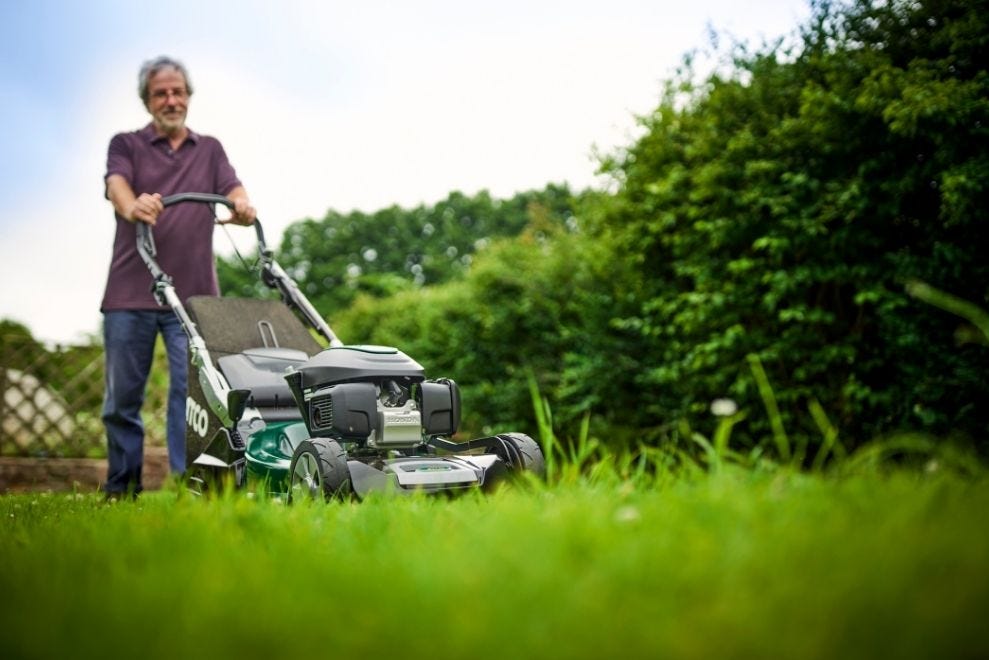
IN THE FLOWER GARDEN
There is still time to sow some ‘half-hardy’ annual types indoors for planting out in late May and earlier sowings can be ‘hardened off’ to acclimatise them to outdoor conditions. Don’t worry if you have missed some sowing dates, you can always get ‘plug plants’ from your mail-order seedsmen or purchase them from the local garden centre.
Should you lack a greenhouse or facilities to start seed indoors, don’t worry, you can easily sow easy to grow ‘hardy annuals such as calendulas, candytuft, godetia, and nasturtiums direct outside in the garden. They are a great low-cost way of covering a border with colour all summer long!
Overwintered and early spring-sown sweet peas can be planted out this month.
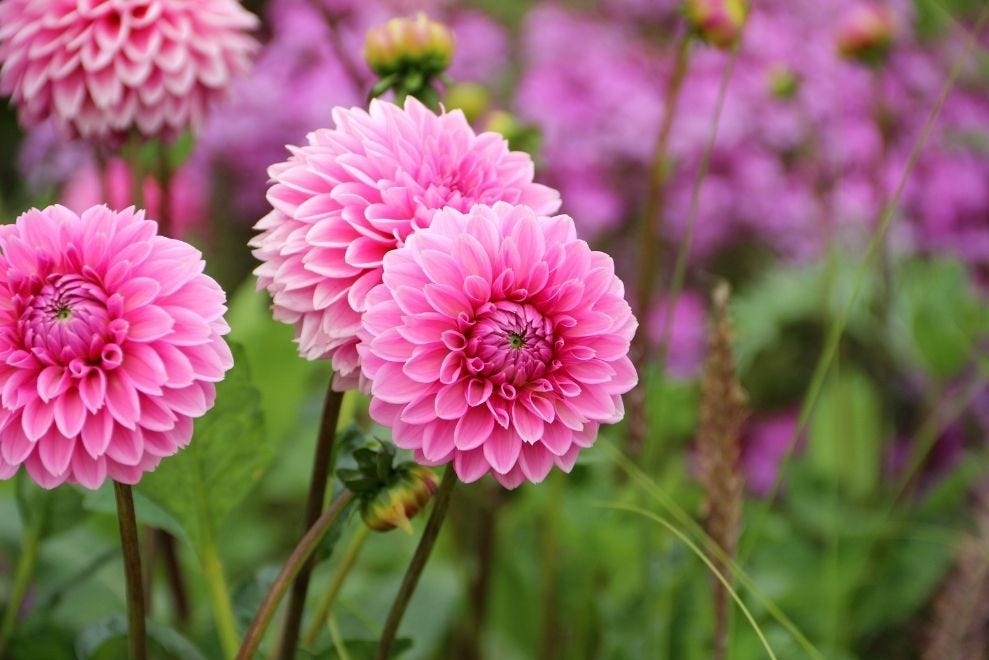
April is a good month for planting out dahlia tubers and gladioli corms, to establish good roots and aid summer flowering.
Established perennials in the garden will be showing the first shoots appearing, so if you need to split up any overcrowded clumps, now’s the time to act!
Apply a slow-release fertilizer and make sure you are on top of your slug and snail control!
Plant up hanging baskets towards the end of the month.
Finally, your indoor plants: it’s ‘feeding time’ for them too after their winter slumber!
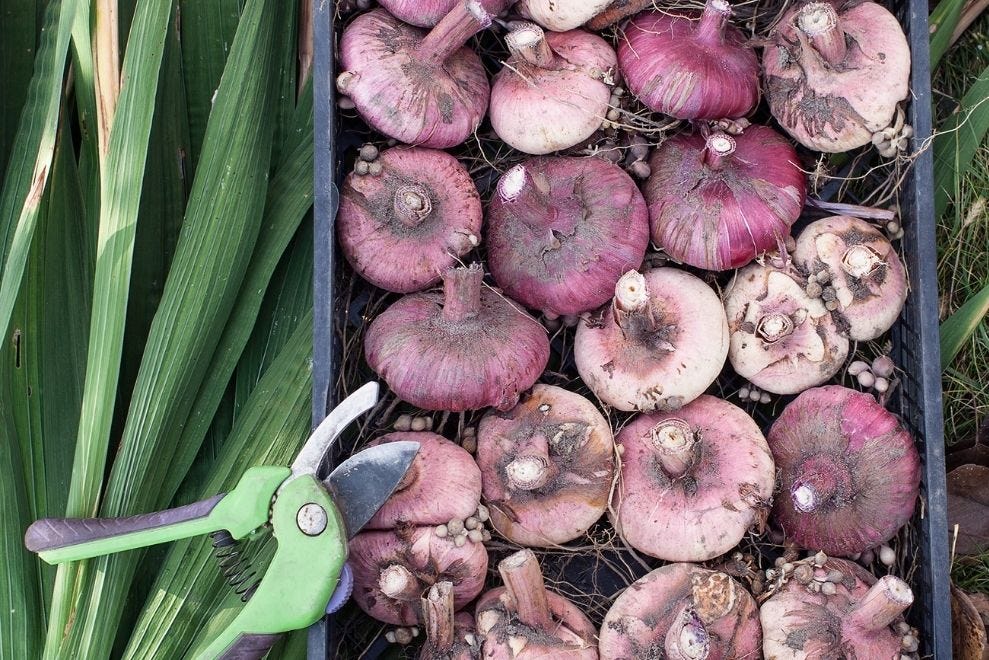
IN THE VEGETABLE GARDEN
You may have planted your early potatoes and now it’s time for second early and maincrop varieties.
If you have ever wanted to taste fresh asparagus from the garden then it’s planting time! But hurry, you have a lot of ground preparation to do first!
You still have time to sow tomatoes and cucumbers indoors too!
Now is the time too to get your runner beans started into growth.
Keep sowing those salad crops such as beetroot, carrots, lettuce, and radish, together with peas and French beans to maintain continuity of harvest throughout the summer.
In the herb garden, plants will be bursting into new growth, so this is your last chance to divide crowded plants.
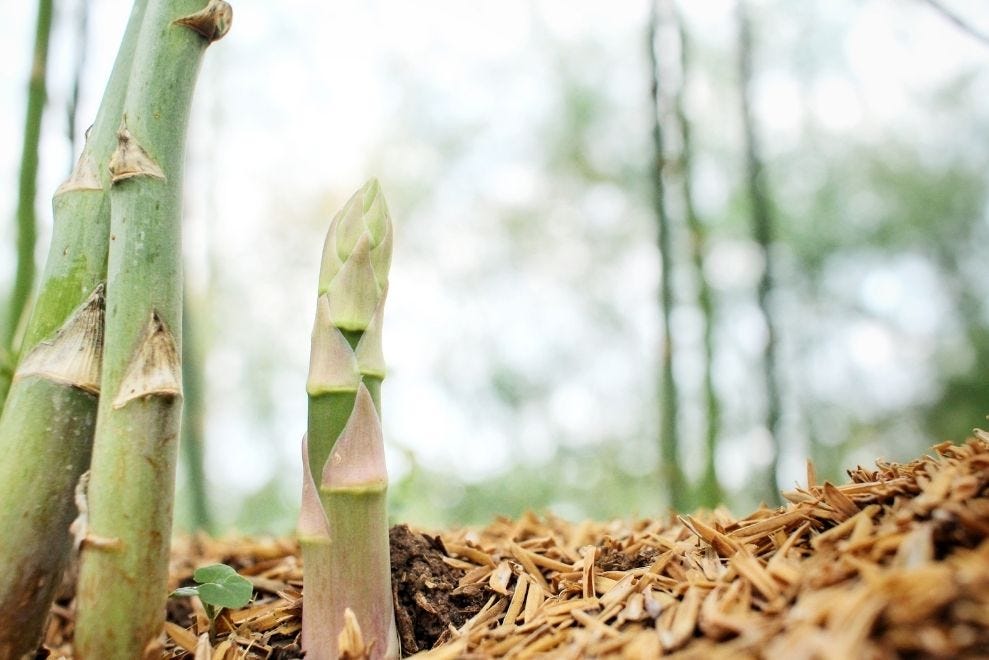
IN THE FRUIT GARDEN
Dwarf or semi-dwarf trees can be covered with horticultural fleece if a sharp frost is forecast to protect the blossom and ensure a good fruit set. However, if frosts are absent and fruit set is high, you may wish to thin them a little to ensure good size fruit on ripening.
Use fleece or cloches to enjoy the taste of some early ripened strawberries.
GARDEN PONDS
Plant new aquatics such as water lilies and iris and thin existing plant clumps in baskets
Don’t forget your pump and pipe maintenance.
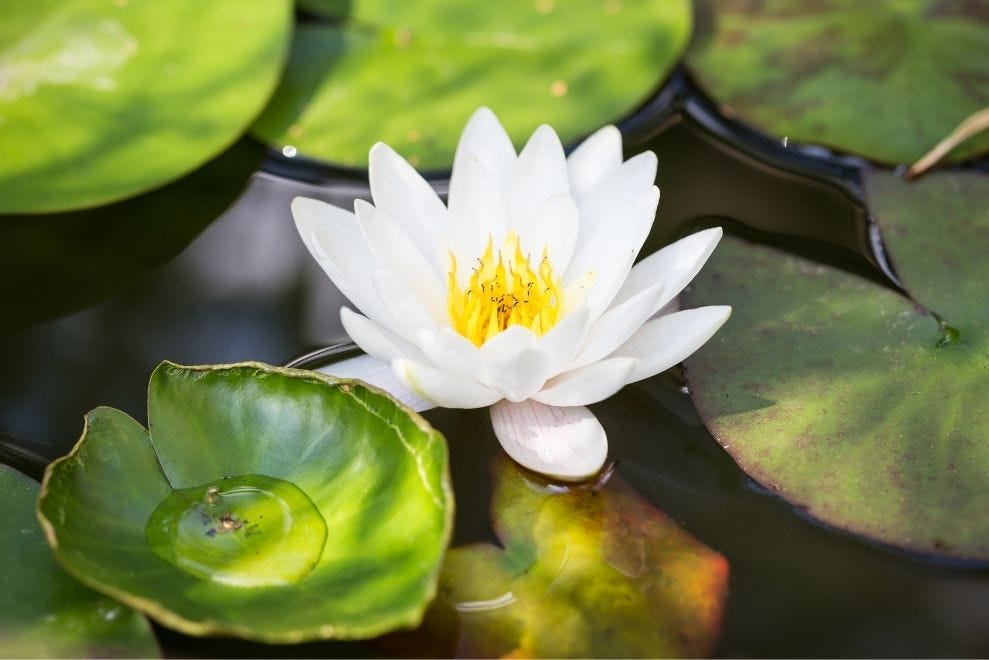
TREES & SHRUBS
Finish pruning autumn flowering shrubs e.g. late-flowering clematis and winter flowering shrubs such as jasmine and mahonia.
Plant shrubs previously grown in small containers
Apply slow-release fertilisers to keep your plants healthy and growing well.

